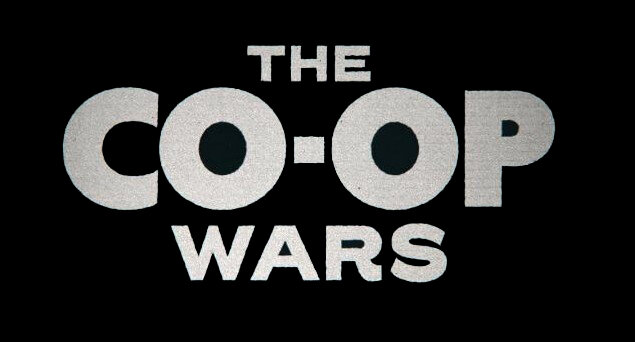How do intelligent, well-intentioned people become loyal members of a cult that damages its own members and undermines the radical community it claims to want to lead? That has been one of our main questions as we make Radical Roots and examine the Co-op Wars that raged in the Twin Cities in 1975-76.
In this video ex-Cooperative Organization (CO) members Lynette & Roberta Malles talk about what drew them to the CO in the first place and the extreme levels of control the group had over its members as time went on. Like many other people, Lynette and Roberta were drawn in by their respect for the organized, analytical and dedicated image that the first CO members conveyed, which they saw in sharp contrast to the chaotic, emotional and self-indulgent nature of much of the rest of the counterculture. Many people in the co-op movement were drawn to the CO’s professed allegiance with the working class and people of color. They were also attracted to the CO’s commitment to a real revolution in American life, as opposed to a retreat from society into a hippie subculture.
But there were troubling signs from the very beginning. The CO presented themselves as the sole representatives of the working class and people of color (although they seemed to contain no more members from these groups than any other part of the co-op community) and saw CO control as the only way forward for the co-ops. As a Marxist-Leninist organization they practiced “democratic centralism” (which, in practice, meant dictatorship) and they maintained a level of secrecy that prevented any real participation in decision making by most of their members. Instead of persuading, they tended to denounce, and when this caused them to lose arguments about the direction of the co-ops, they resorted to occupation and violence.
After they were discredited within the Twin Cities co-op community by the Co-op Wars, they shrank in number and went further underground. A dedicated core stayed loyal to the CO until the early 1990s, as it morphed from the CO to the O (the Organization). Under the guise of “scientific socialism,” leader Theophilus Smith (the identity of whom was unknown to most members) came to control every aspect of members’ lives, from their digestion to whom they slept with. At one point, members were even assigned “Tactical Sexual Relationships,” from which they were supposed to learn about themselves and report to the leadership. They also arranged marriages: Lynette and Roberta were matched after making a request to leadership for a personal relationship and are one of the few such couples whose relationships survived leaving the cult.
No one we’ve talked to knows for sure what became of Theo Smith and the few diehards who never formally left the group, but it has been heartening to meet the lively group of ex-CO members who have processed their trauma and are now able to live open, vibrant lives. Their sharing of their experiences, as well as a treasure trove of CO materials, will make Radical Roots a much stronger film.
Help us finish Radical Roots and tell the story of the Twin Cities’ food cooperatives and collectives by donating at Seed & Spark, liking us on Facebook, and following us on Twitter.
